 Crucifixion, death, and insurrection. 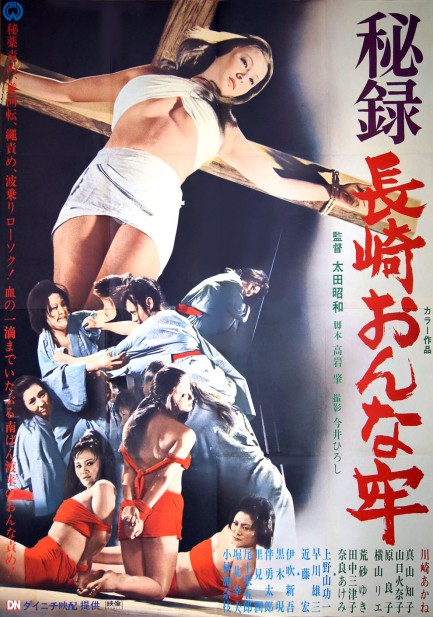
Last night we asked the Pulp Intl. girlfriends if they wanted to watch a movie and they said no because the movies we pick are always bad. That obvious slur against our taste aside, we explained yet again that we choose poster art, not movies. Which is to say, we merely react to interesting vintage movie promos by following where we’re asked to go—to the sofa for a screening. The above poster for Hiroku Nagasaki onna-ro, aka Nagasaki Women’s Prison is about as successful as Japanese promo art gets. With its graphics, colors, and weird-ass content it demands that you watch the movie. The fact that it’s a quasi-sequel to 1970’s successful Onna-ro hizu, aka Island of Horrors gave us hope it would be good. So we watched and what we got was Akane Kawasaki, Tomoko Mayama, and others in a women-behind-bars flick set in the seventeenth century that starts with a crucifixion, ends with a crucifixion, and has lots of scheming, catfighting, and mayhem between. The only English review we found online said the crucifixions were a framing device—i.e. we see the same woman up there both times and the film explains how she got there. That isn’t true. We see two different women crucified. The first serves mainly as an example of what happens to unruly prisoners, which of course is what Kawasaki and company quickly become. Escape may not be in the cards, but at least they exact some measure of revenge against their male tormentors before all is said and done.
These crucifixions, we should mention, are not like what you see on the poster. That image is designed to trick you into watching something a bit more screamy, stabby, and bloody than you’d expect, so proceed with caution. In the end, we didn’t like the movie very much, and we got to thinking maybe our girlfriends are right. Maybe we do watch a lot of bad movies. Maybe they’re smart to avoid them. But no worries—we don’t need no icky old girls watching movies with us anyway. Hiroku Nagasaki onna-ro premiered in Japan today in 1971. 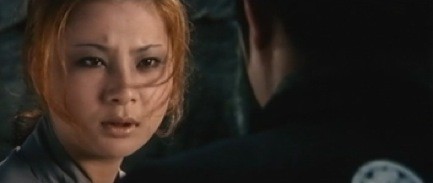 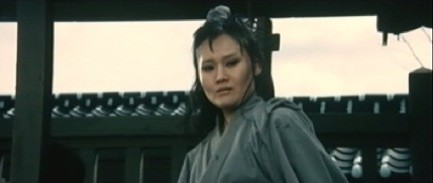 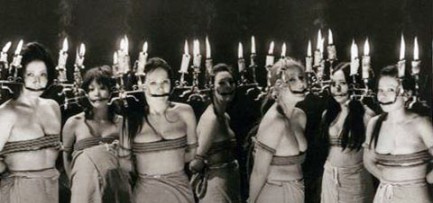
 If this is the new Earth we’ll just stick with the old one. 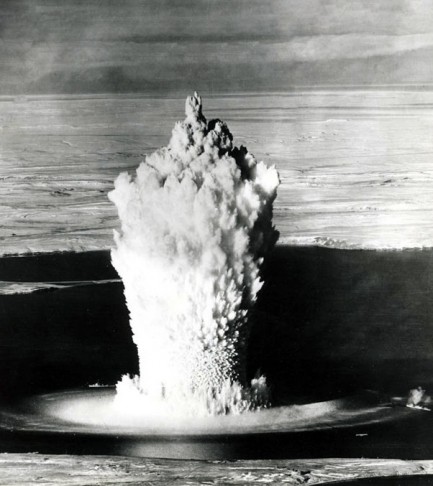
Today in 1957 in the Soviet Union, this photo was shot of an underwater nuclear detonation at the Novaya Zemlya Test Site, located on the Novaya Zemlya archipelago in the Arctic Ocean. Novaya Zemlya means “new earth” in Russian, but might as well mean “nuclear earth,” considering 224 tests were conducted on the islands amounting to 265 megatons of TNT. To put that in perspective, all the explosives used during World War II, including the two nuclear bombs the U.S. dropped on Hiroshima and Nagasaki, amounted to only two megatons.
 Rare piece of WWII memorabilia.
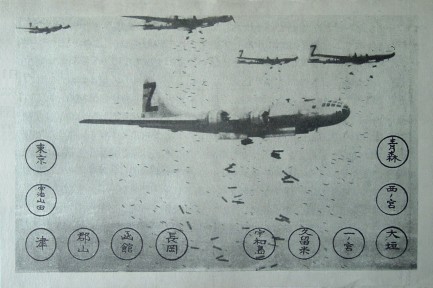 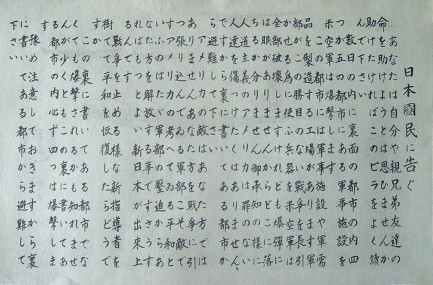
I thought this might be up your alley, since you post nuclear explosions and cold war stuff. It’s a leaflet dropped on Nagasaki during WWII. I believe we had already hit Hiroshima at this point, and this leaflet is warning the people of Nagasaki that they’re next and had better get out of the city. I thought this might be valuable, but then I saw that a lot of websites had some. And I even saw one on Ebay. I imagine U.S. personnel must have kept these as souvenirs, because I doubt any survived from Nagasaki. Interesting thought. Anyway, I thought you might find this interesting. Nice website. Submitted by D. Callil Thanks, D. These are an awesome share. Your scans were huge, but the horizontal orientation of the art in our narrow column crunched the images down pretty small. So, we’ve reposted these vertically for people who want to get a slightly better look. Just drag or save to your desktop and rotate the images. 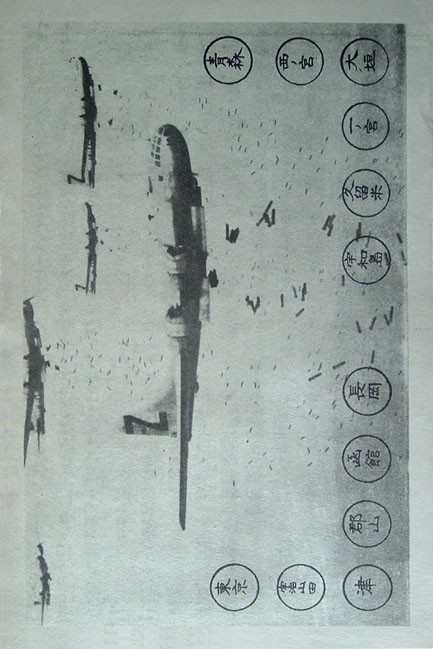 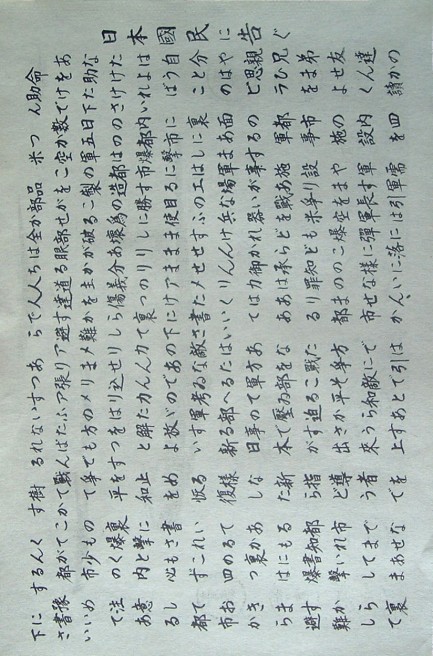
|
 |

The headlines that mattered yesteryear.
1933—The Gestapo Is Formed
The Geheime Staatspolizei, aka Gestapo, the official secret police force of Nazi Germany, is established. It begins under the administration of SS leader Heinrich Himmler in his position as Chief of German Police, but by 1939 is administered by the Reichssicherheitshauptamt, or Reich Main Security Office, and is a feared entity in every corner of Germany and beyond. 1937—Guernica Is Bombed
In Spain during the Spanish Civil War, the Basque town of Guernica is bombed by the German Luftwaffe, resulting in widespread destruction and casualties. The Basque government reports 1,654 people killed, while later research suggests far fewer deaths, but regardless, Guernica is viewed as an example of terror bombing and other countries learn that Nazi Germany is committed to that tactic. The bombing also becomes inspiration for Pablo Picasso, resulting in a protest painting that is not only his most famous work, but one the most important pieces of art ever produced. 1939—Batman Debuts
In Detective Comics #27, DC Comics publishes its second major superhero, Batman, who becomes one of the most popular comic book characters of all time, and then a popular camp television series starring Adam West, and lastly a multi-million dollar movie franchise starring Michael Keaton, then George Clooney, and finally Christian Bale. 1953—Crick and Watson Publish DNA Results
British scientists James D Watson and Francis Crick publish an article detailing their discovery of the existence and structure of deoxyribonucleic acid, or DNA, in Nature magazine. Their findings answer one of the oldest and most fundamental questions of biology, that of how living things reproduce themselves. 1967—First Space Program Casualty Occurs
Soviet cosmonaut Vladimir Komarov dies in Soyuz 1 when, during re-entry into Earth's atmosphere after more than ten successful orbits, the capsule's main parachute fails to deploy properly, and the backup chute becomes entangled in the first. The capsule's descent is slowed, but it still hits the ground at about 90 mph, at which point it bursts into flames. Komarov is the first human to die during a space mission.
|

|
|

It's easy. We have an uploader that makes it a snap. Use it to submit your art, text, header, and subhead. Your post can be funny, serious, or anything in between, as long as it's vintage pulp. You'll get a byline and experience the fleeting pride of free authorship. We'll edit your post for typos, but the rest is up to you. Click here to give us your best shot.

|
|
















































































